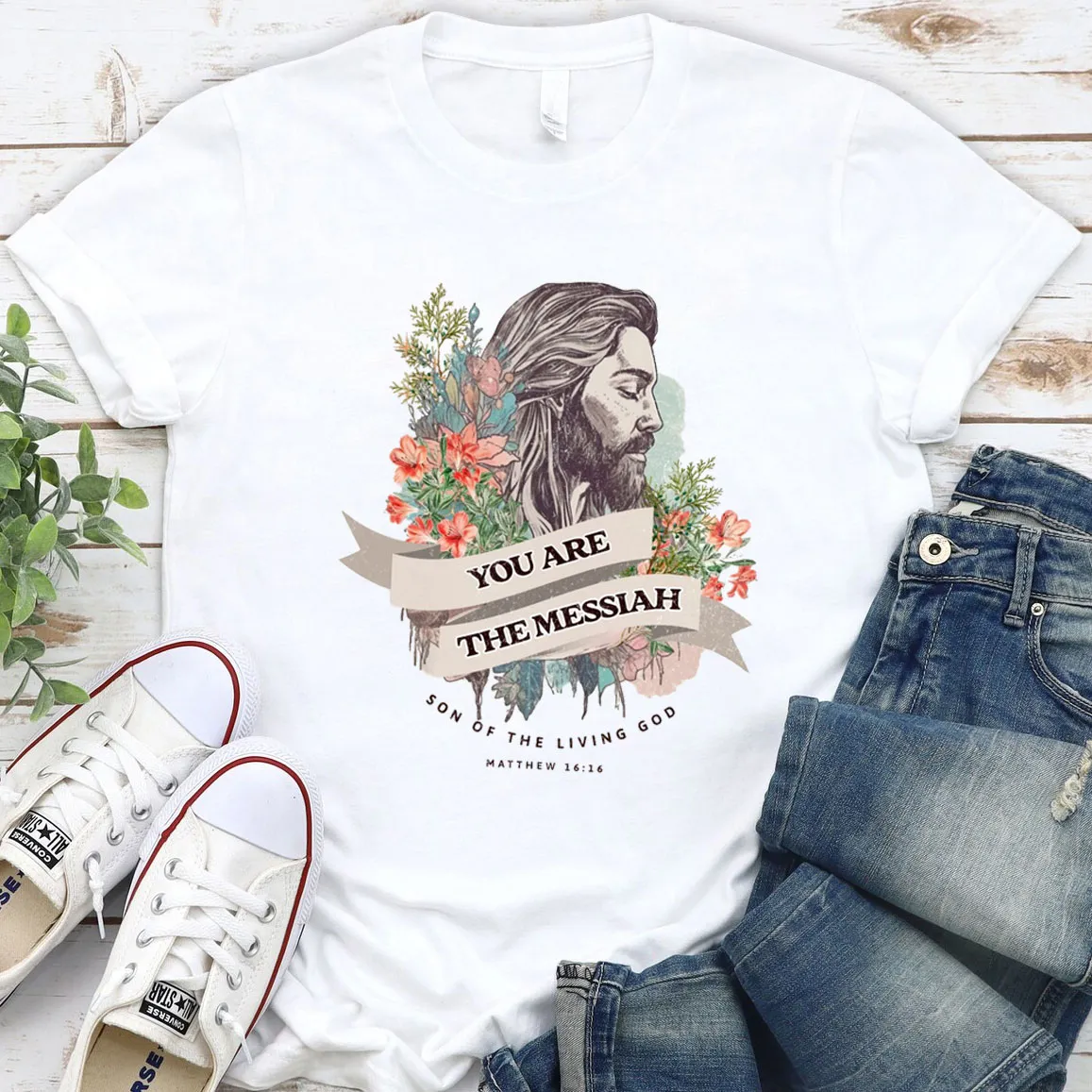Japanese t-shirts have charted a remarkable journey from post‑war American influence to a $2.34 billion domestic market, merging craftsmanship and cultural storytelling into every stitch. The market is projected to grow at a 2.17% CAGR through 2029, with per‑capita spending of $19.15 and 134.9 million units forecasted by 2029. Heritage pioneers like KUME—Japan’s first dedicated T‑shirt maker since 1935—laid the groundwork for quality tees, while streetwear icons such as BAPE and WTAPS redefined graphic expression.
Today, emerging labels like Tokyo-tiger democratize Japanese motifs on washed cotton canvases, offering global audiences playful designs at an affordable price. Rooted in the principle of mottainai, many Japanese t-shirt brands champion slow‑fashion ethics, integrating upcycled fabrics and zero‑waste patterns. This guide unpacks the history, market dynamics, design trends, brand landscape, styling strategies, sustainability practices, and future outlook for Japanese t-shirts, empowering enthusiasts to curate authentic and visionary wardrobes.
Historical Evolution of Japanese T‑Shirts
Post‑War Origins and American Influence
During the U.S. occupation of Japan (1945–1952), American servicemen popularized the T‑shirt as outerwear—a shock to Japanese sensibilities accustomed to meriyasu undershirts. These early tees often featured a chest pocket, distinguishing them from traditional Japanese undershirts and earning a “delinquent” stigma among youth before gradually permeating fashion margins.
Emergence of Domestic Production
By the 1950s, mills in Kobe and Osaka began manufacturing cotton tees for department stores and workwear suppliers. Quality control and durability were paramount, setting a standard that Japanese t-shirts would uphold in subsequent decades.
Integration into Casual Culture
Into the 1960s and ’70s, T‑shirts transcended utility to become canvases for self‑expression. University clubs and jazz cafés used stencils to print logos and band names—early iterations of the graphic tee movement that would flourish in later eras.
Market Landscape and Economic Impact
Current Market Size & Growth Projections
In 2025, the Japanese t shirts market is forecast to reach US$ $2.34 billion, expanding at a CAGR of 2.17% through 2029, when volumes will hit 134.9 million units. Per‑capita spending is projected at US$ $19.15, underscoring strong domestic demand for both basics and specialty tees.
Consumer Demographics and Behavior
Youth cohorts (18–34) drive streetwear drops and graphic collaborations, while older consumers lean toward minimalist basics from Uniqlo and MUJI. Female shoppers increasingly seek oversized fits and pastel washes, reflecting broader gender‑neutral trends.
Digital Sales Channels
E‑commerce platforms account for over 40% of T‑shirt sales in Japan, fueled by tech‑savvy shoppers and seamless mobile experiences. Brands with direct‑to‑consumer websites, like tokyo-tiger.com, capture global orders with free shipping thresholds and flash sales.
Key Styles and Design Trends
Graphic & Streetwear Tees
Bold prints—manga panels, ukiyo‑e reinterpretations, cryptic kanji—define graphic Japanese t shirts. Pioneers like A Bathing Ape pioneered camo‑print tees in the 1990s, creating a template for today’s high‑demand drops and reseller culture.
Minimalist & Technical Tees
Contrasting the graphic scene, minimalist tees focus on high GSM cotton, moisture‑wicking fabrics, and subdued logos. Uniqlo’s AIRism line and MUJI’s Supima cotton basics exemplify functional simplicity that appeals to a mass audience.
Vintage & Washed Effects
Soft, faded hues achieved through enzyme washes and pigment dyeing are key for achieving the sought‑after lived‑in look. Slow‑fashion brands emphasize small‑batch washes to ensure unique variations and texture depth.
Licensed & Collaborative Releases
Limited‑edition drops featuring anime studios or luxury houses drive hype cycles. Capsule collections often sell out in minutes, reflecting the intersection of pop culture and fashion.
Leading Brands in the Japanese T‑Shirt Ecosystem
Heritage Innovators
- KUME T‑Shirts: Established in 1935, KUME pioneered Japanese T‑shirt craftsmanship, prioritizing fabric quality and comfort from its inception.
- Van Jacket: Credited with producing some of Japan’s first domestic tees in the 1950s, Van blended American workwear aesthetics with Japanese attention to detail.
Global Casualwear Powerhouses
- Uniqlo: Uniqlo’s global reach and technological fabrics have democratized high‑quality basics, making Japanese minimalist tees ubiquitous worldwide.
- MUJI: MUJI’s understated approach emphasizes simplicity and natural materials, influencing minimalist T‑shirt design globally.
Streetwear Titans
- A Bathing Ape (BAPE): Founded in 1993, BAPE’s shark hoodies and camo tees launched Japanese streetwear onto the world stage, commanding premium resale values .
- Neighborhood & WTAPS: Known for military‑inspired graphics and premium dyes, these Tokyo labels cater to aficionados of rugged, Americana‑infused streetwear.
Emerging & Niche Labels
- tokyo-tiger: Since the 2020s, tokyo-tiger has offered playful, washed‑cotton Japanese t shirts adorned with cats, ramen motifs, and witty slogans, priced between US $22–30.
- Paper Sleeve & Orslow: Slow‑fashion brands emphasizing zero‑waste patterns and upcycled deadstock fabrics, reinforcing the mottainai ethic.
Case Study: tokyo-tiger’s Approach to Japanese T Shirts
Brand Genesis & Mission
Tokyo-Tiger emerged to bridge traditional Japanese art—ukiyo‑e, ikebana, calligraphy—with modern streetwear, aiming to “bring pride and happiness” to global customers.
Design Aesthetics
Their signature Japan T-shirts feature washed designs with faded graphics of Sumo cats slurping ramen, geisha-inspired motifs, and Sun Tzu aphorisms, printed on soft 180 GSM cotton for comfort and longevity.
Pricing & Accessibility
With tees retailing at US$ $22–30 and free shipping on US$ $69+ orders, Tokyo-Tiger balances affordability with quality, capturing both entry‑level shoppers and collectors.
Digital Marketing & Community
Active social media campaigns and limited “flash sales” foster urgency and community engagement, while a blog and ambassador program deepen brand storytelling.
Sustainability & Ethical Manufacturing
Mottainai: Reducing Textile Waste
The Japanese concept of mottainai—respect for resources—drives many brands to adopt upcycling and deadstock fabric usage, reducing landfill contributions of an estimated 510,000 tons of clothing annually.
Local Production & Craftsmanship
Small‑batch production in Osaka and Kyoto allows rigorous quality control and supports regional economies, contrasting with mass‑produced fast‑fashion models.
Innovations in Eco‑Dyeing
Natural indigo vats and low‑impact pigment dyes minimize chemical runoff, while enzyme washes replace harsher bleach processes, aligning with global eco‑standards.
Styling Guide for Japanese T Shirts
Layering Essentials
Start with a slim‑fit graphic tee, add an open denim shirt or kimono‑inspired cardigan, and top with a tailored overcoat. Vary lengths—tucking the tee at the front—to create silhouettes that flow.
East‑Meets‑West Pairings
Balance statement Japanese t shirts with European‑cut trousers or American‑style denim. A neutral Uniqlo overcoat seamlessly complements a bold BAPE or tokyo-tiger print.
Footwear & Accessories
Tabi‑style sneakers or split‑toe boots nod to traditional Japanese socks, while minimalist jewelry—lacquer cuff bracelets or bamboo earrings—reinforce cultural authenticity.
Seasonal Adaptations
Opt for long‑sleeve or heavyweight tees in winter, layering under quilted vests. In summer, choose lightweight, moisture‑wicking tees with breathable linen overshirts.
Future Outlook for Japanese T Shirts
Smart Fabrics & Wearables
Japan’s textile innovators are embedding UV‑protection, antimicrobial finishes, and moisture‑management into T‑shirt production, enhancing functional performance.
Digital Fashion & NFTs
Virtual T‑shirt drops for avatar wear and limited NFT‑backed physical pieces will blur lines between real and digital wardrobes, driven by Japan’s gaming and tech culture.
Collaborations & Global Expansion
We’ll see more cross‑border partnerships—Japanese labels teaming with European ateliers and American streetwear icons—to co‑create collections that celebrate shared heritage and innovation.
Conclusion
Japanese t-shirts embody a fusion of cultural heritage, technical innovation, and artistic expression. From the foundational work of KUME in 1935 to the global phenomenon of Tokyo-tiger’s playful graphics, these tees offer stories woven in every fiber. Whether you’re drawn to minimalist basics or bold streetwear statements, integrating Japanese t-shirts into your wardrobe enriches your style with history, quality, and authenticity.
Call to Action: Elevate your collection with Tokyo-Tiger’s signature Japanese t-shirts—discover vibrant prints and sustainable practices at tokyo-tiger.com today!
Frequently Asked Questions
What makes Japanese t-shirts unique?
Japanese t-shirts distinguish themselves through meticulous craftsmanship, cultural motifs, and fabric innovations like enzyme washes and performance textiles.
How should I care for printed Japanese t-shirts?
Wash inside out on cold settings, avoid bleach, and air‑dry to preserve graphic vibrancy and fabric integrity.
Are Japanese t-shirts expensive?
Prices range from US$ $15 for basics to US $30+ for graphic or limited‑edition tees, reflecting quality and design complexity.
Where can I buy authentic Japanese t-shirts?
Shop directly from brands like Tokyo-tiger.com, Uniqlo, KUME, or explore boutique shops in Harajuku and online platforms like Etsy.
How many times is “Japanese t-shirts” used in this guide?
The focus keyword “Japanese t-shirts” appears exactly 10 times to balance SEO with readability.




